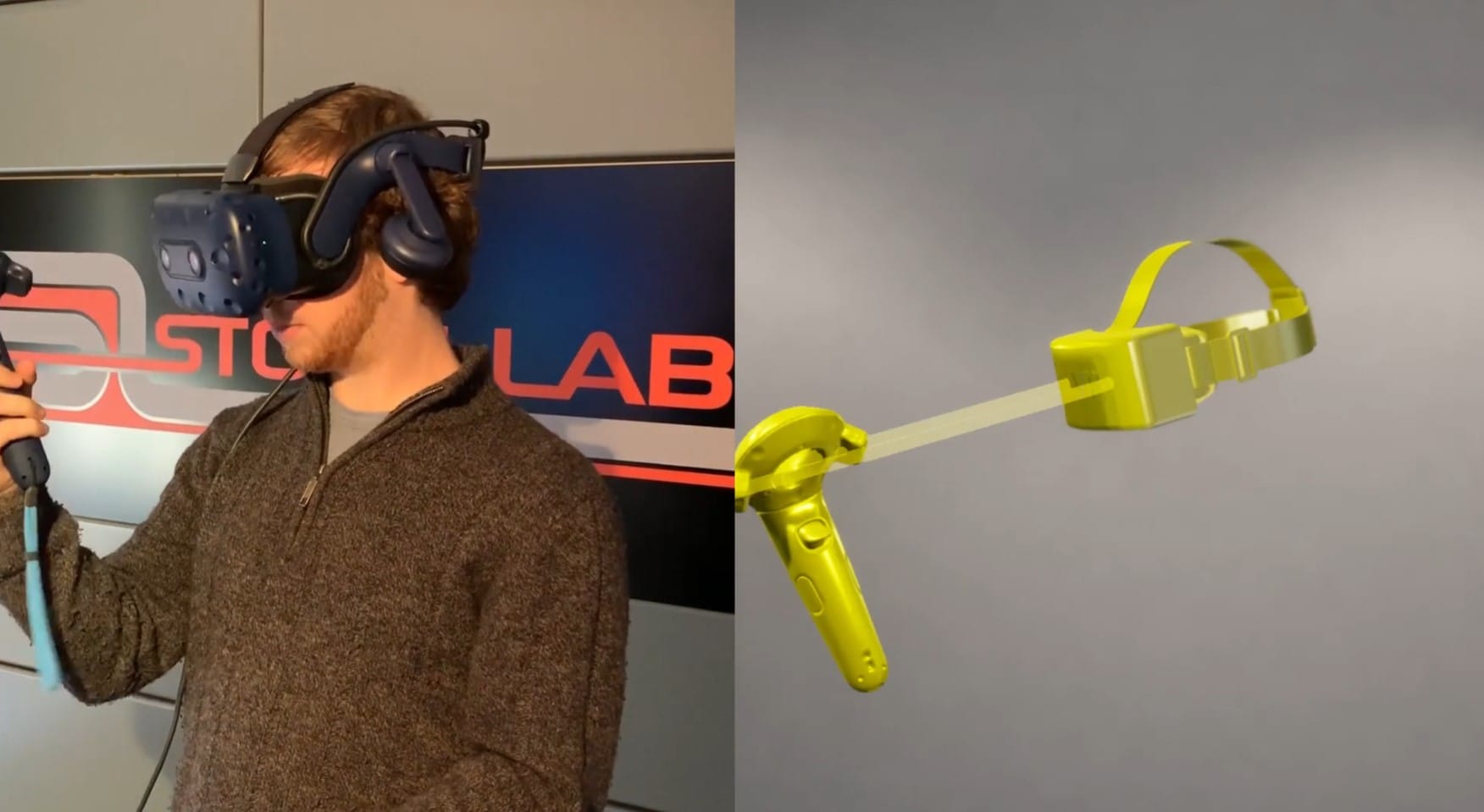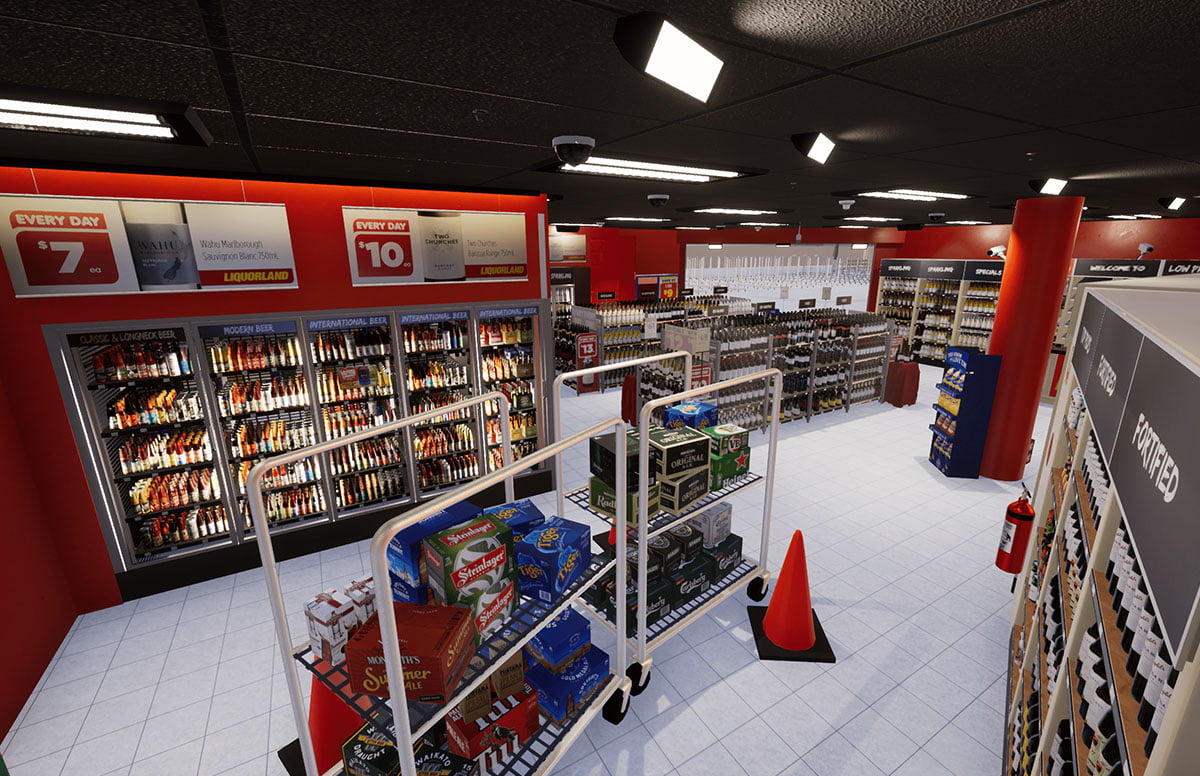VR Eye Tracking: The Future of Shopper Research
Retailers have long struggled to answer a deceptively simple question: what are shoppers really looking at? Traditional methods like observation or 2D eye-tracking can only reveal part of the picture. But thanks to advances in virtual reality, eye tracking is now entering a new era, and with it, so is shopper research.
This article explores how VR eye tracking works, why it outperforms legacy approaches, and how StoreLab Research™ uses Gaze Point insights to give retailers a clearer window into real shopper behaviour.
What Is VR Eye Tracking?
VR eye tracking combines immersive virtual store environments with real-time eye-tracking technology. Participants wear headsets that monitor exactly where their gaze lands within a 3D retail simulation — whether it’s a shelf, a sign, or a specific product pack.
Unlike 2D eye tracking (which is often limited to screens or static environments), VR eye tracking captures:
How StoreLab Research™ Uses Gaze Point Insights
At the heart of StoreLab Research™ is Gaze Point, a system that maps visual attention across every surface in a virtual store. This allows researchers to:
- Track exactly what shoppers see (and miss) in real time
- Compare visibility between packaging variations
- See how layout changes shift shopper focus
- Quantify which zones, signs, or fixtures perform best
It’s a scalable, exportable toolset that integrates seamlessly with StoreLab’s broader simulation platform.
Why VR Eye Tracking Beats Traditional Methods
Legacy tools like static planogram tests, manual observations, or screen-based tracking, leave too much to interpretation. They often miss the impact of real-world context: movement, distractions, angle, depth.
By contrast, VR eye tracking:
It’s faster, richer, and more reliable, especially when combined with StoreLab’s planogram testing tools.
Practical Applications in Retail
Retailers are using VR eye tracking to answer questions like:
Which promotional layout gets noticed first?
Use cases include:
Campaign concept testing before rollout
Shopper journey mapping and flow redesign
The Future of Retail Research
Shopper attention is more fragmented than ever — but also more measurable. VR eye tracking gives retailers an edge by translating gaze into data, and data into strategy.
With StoreLab Research™, retailers get access to:
Cost-effective testing without the need for physical prototypes
See VR Eye Tracking in Action
Want to understand what your shoppers actually see? Book a demo with StoreLab Research™ and explore the power of gaze-based insights for retail.





